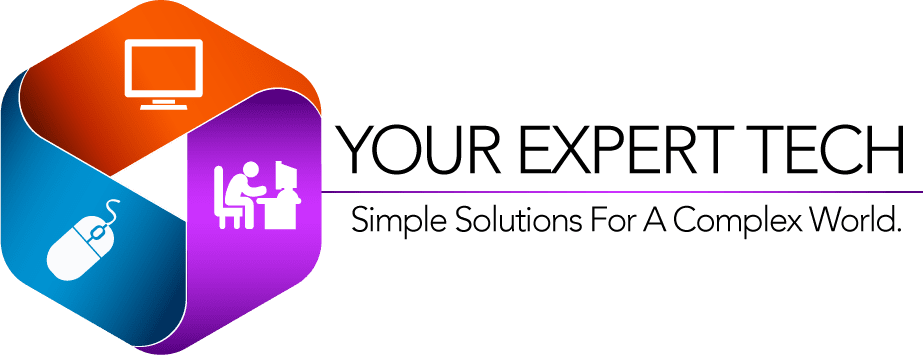Table of Contents
For more info about our Technology Blog please visit us here
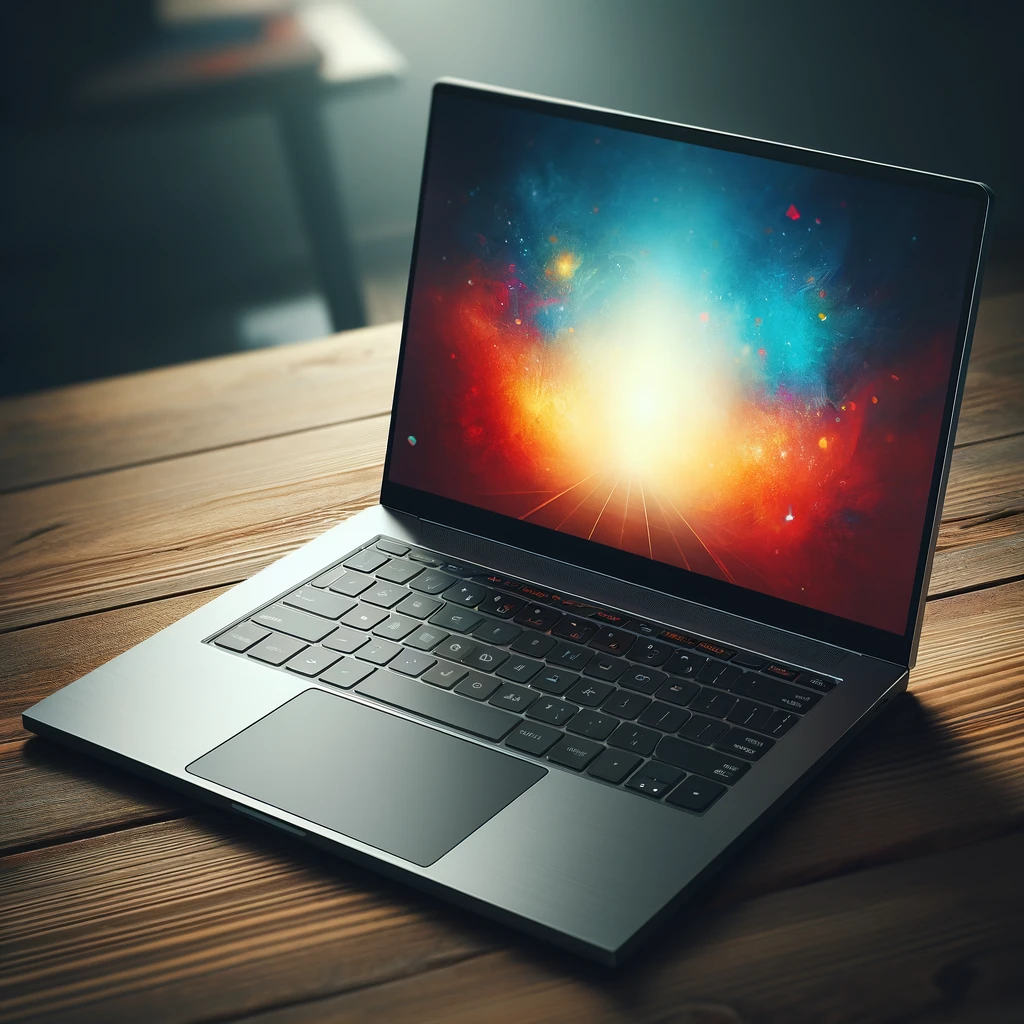
Add Your Heading Text HereBuying guide for used laptops. What to look for.
There is no question. You get the best deals when you buy pre-owned laptops. The challenge is choosing the right one. Some laptops that have poor performance look as good as laptops that have high performance. If I had a nice for every time I overlooked a laptop because of its appearance I would be rich. The goal for this guide is to simplify that buying process, so I will ease up on the technical terminology.
I sell laptops online. I buy used laptops, and I also buy broken, or damaged laptops and I make them like new ones. One thing I recently discovered is that people sell laptops for little or no cost. Especially when you buy on websites like Ebay, and Swappa.com. The deals are there, so how do you know the difference between the good deals and the bad ones. In this article I will show you how to find the deals that will save you money.
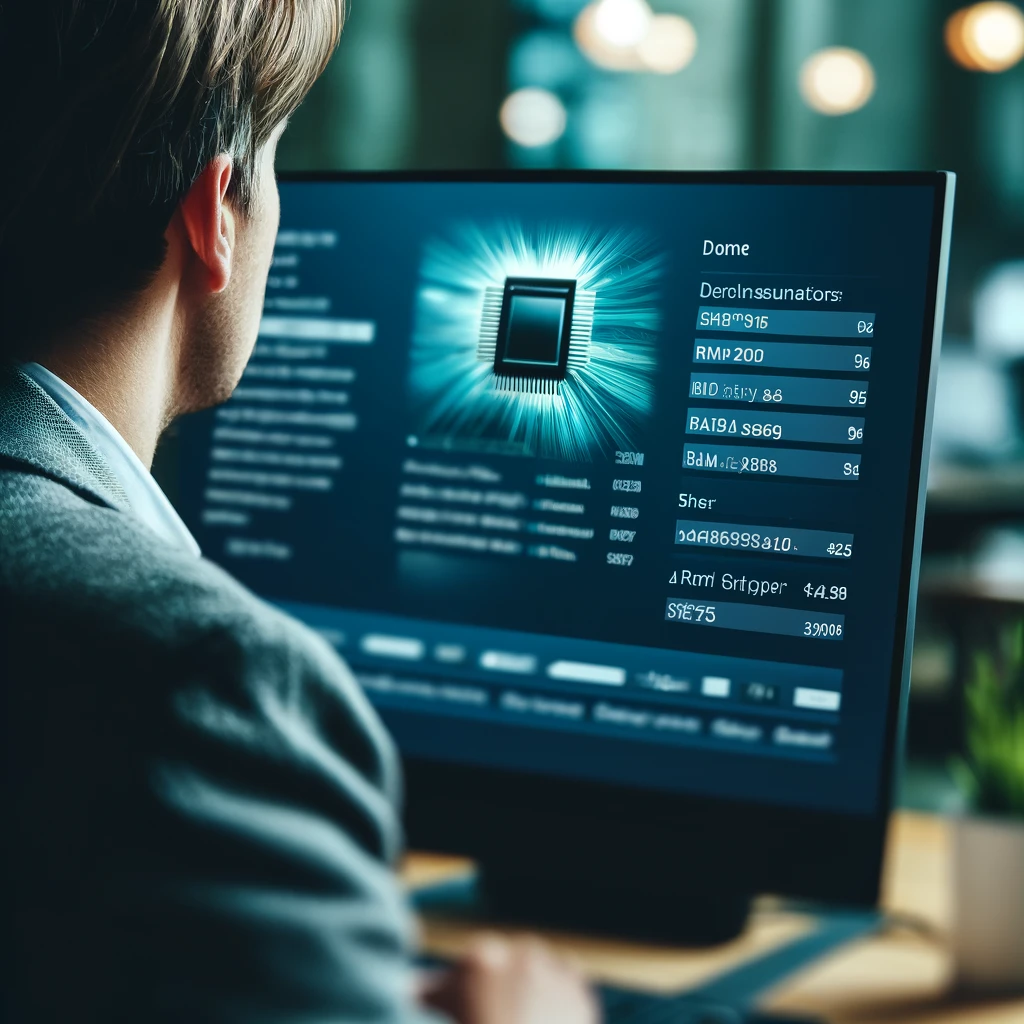
Knowing what to look for
When you purchase a pre-owned laptop you should ask yourself 3 questions. How many processor cores does the computer have, How much memory does the computer have, and what type of HD storage does it have?
PROCESSOR
When you look at computer ads one thing you see often is the processor clock speed. 3.0, 3.5 etc. You don’t have to concern yourself with that. The clock speed gives you an idea of how fast a processor can do one thing at a time, but the real speed comes when the computer can multi-task. This is where the number of processor cores starts to make sense. The best way to look at it is each processor core is another computer, but all in one device. An example would be a computer with 4 processor cores that does the work of 4 laptops. So now ask yourself what gives you the most value, a computer with a processor that runs at 4.0MHz speed, or a computer that has 4 processor cores that run at 3.0MHz.
Also, remember the more processor cores the computer has the more expensive the computer is going to be. Mainly because when the computer was initially purchased the price tag was high. So a person selling their laptop may not know how much to charge for it but they will not forget how much they paid for it, which is a high deciding factor when they make up the price.
A safe number in my opinion is 4 processor cores and higher. No matter what type of processor it is.
MEMORY
No matter how fast your processor is, you need to have a decent amount of memory, or your computer will not run very well. The standard recommended memory limit for Windows 11 is 8GB. You will see some computers running Windows 11 with 4GB. It might even run smoothly, but keep in mind that over time your computer will start running slowly over time. My recommendation is to always use twice the recommended amount. So if you are running Windows 11 you should have 16 GB of RAM for your computer.
This sounds good but it causes the same issue as the processor. The more memory the laptop has the more the laptop is going to cost. The solution is that you can always upgrade the memory yourself. I know you may be apprehensive about opening your laptop, but you could always could get a tecn=hnican to help you. There are low-cost solutions out there. At the end of the day, it will cost less money when you buy the computer and upgrade the memory. You also save a ton of money when you know where to get good deals on memory. Here is a buying guide I wrote about getting the best deals on computer memory.
STORAGE
Now that we have applications like One Drive, we don’t have to worry about having the most GBs, and TBs. The thing you want to focus on is the type of storage that is being used. I always recommend using a SSD, or Solid State Hard drive. The key takeaway for using an SSD is that your data is safe because you don’t have to worry about the mechanical issues that legacy hard drives bring. There is also a huge difference in the computer speed as opposed to using an old hard drive. It is a overall better solution.
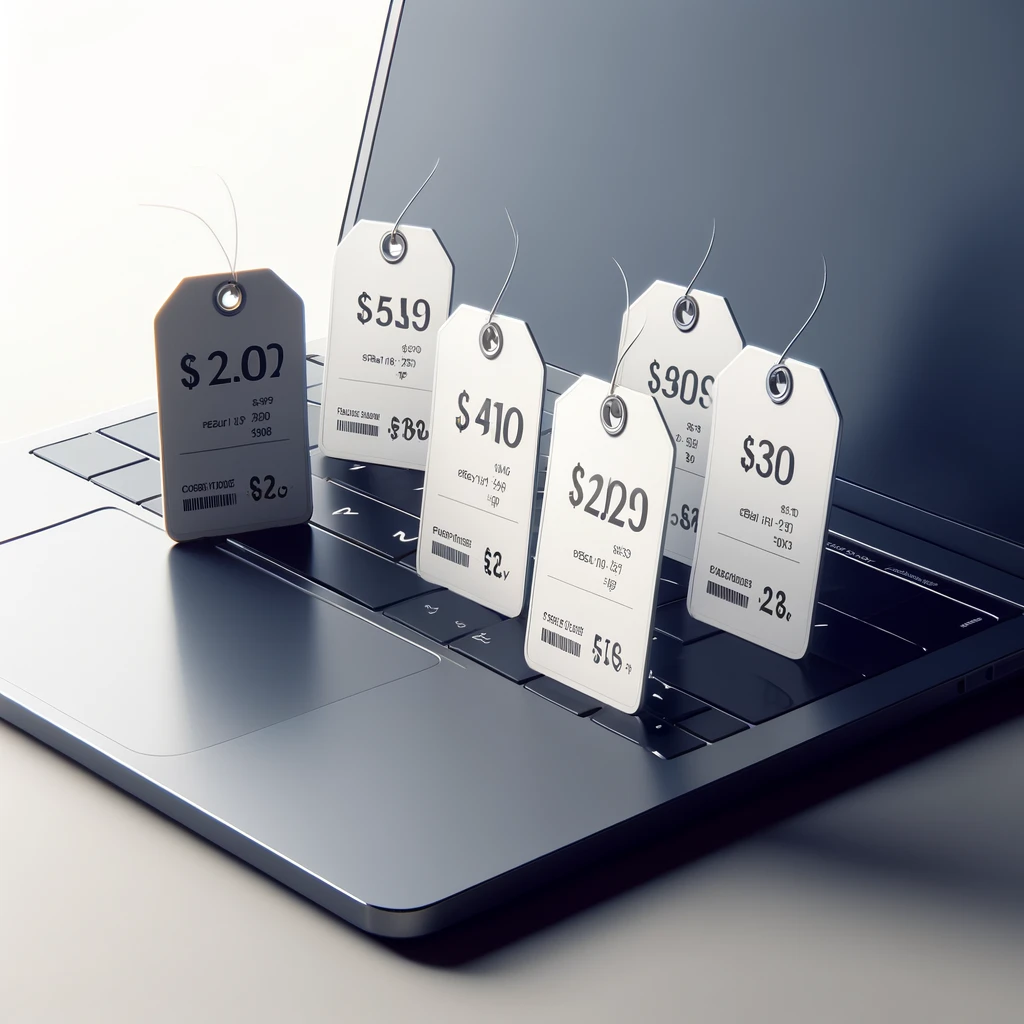
Price point
The amount you should spend on a used laptop can vary widely based on several factors, including the laptop’s age, brand, specifications, condition, and the market demand. Here’s a rough guideline to help you gauge how much you might expect to spend:
Entry-Level and Older Models (3+ years old): These can range from $100 to $300. Suitable for basic tasks like web browsing, document editing, and other non-intensive applications.
Mid-Range Models (1-3 years old): Expect to spend between $300 to $600 for laptops that can handle more demanding tasks, such as multitasking with multiple tabs, streaming, and some light photo editing.
Higher-End and Recent Models: For used laptops that are less than a year old or are high-end models with better specs (such as ultrabooks, gaming laptops, and professional workstations), prices can range from $600 to $1,500 or more, depending on the original price and current condition.
Here are some additional tips:
- Research: Look up the original retail price and specs of the model you’re interested in. This will give you a baseline for comparison.
- Condition: A laptop in excellent condition will obviously cost more than one with cosmetic damage or worn-out components.
- Marketplace: Prices can also vary based on where you buy the laptop. Online marketplaces like eBay or Craigslist might offer lower prices but come with higher risk, while certified refurbished from the manufacturer or reputable stores may offer more peace of mind at a slightly higher price point.
- Negotiate: Especially in person-to-person sales, there’s often room for negotiation. Don’t be afraid to haggle (politely).
Setting a budget before you start looking can help narrow your search to laptops within your price range. Remember, the goal is to find the best value for your money, balancing performance needs with cost.
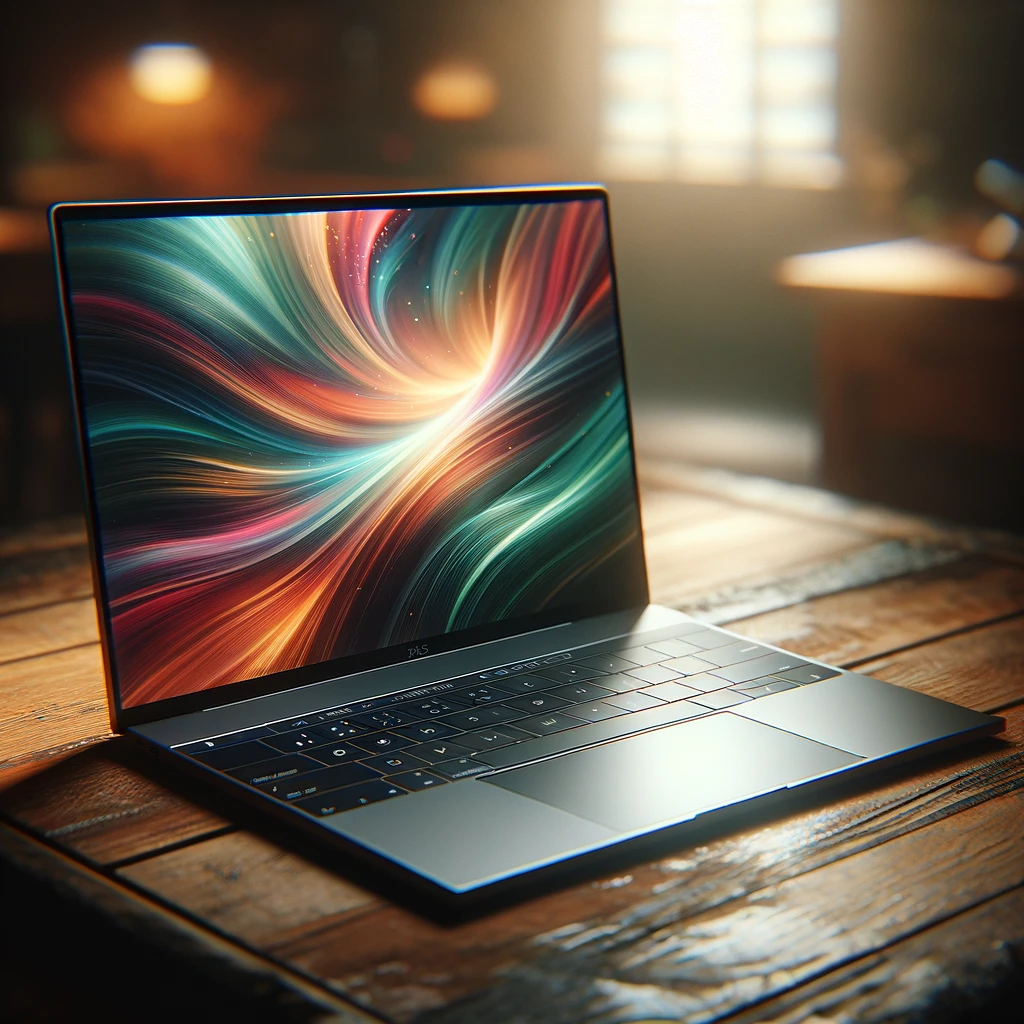
Conclusion
In conclusion, purchasing a used laptop can be a smart financial decision, offering significant savings without sacrificing performance, especially if you’re equipped with the right knowledge and caution. By prioritizing essential factors such as checking the laptop’s condition, verifying its specifications, and understanding its history, you can navigate the vast market of used electronics with confidence. Remember, the key to a successful purchase lies in thorough research, patience, and a keen eye for deals that sound too good to be true. Whether you’re seeking a budget-friendly option for everyday tasks, a mid-range machine for more demanding applications, or a high-end laptop at a fraction of its original price, the used market has something to offer. With these guidelines in mind, you’re well on your way to finding a used laptop that not only meets your needs but also provides excellent value for your investment.
Contact Us anytime if you have any questions
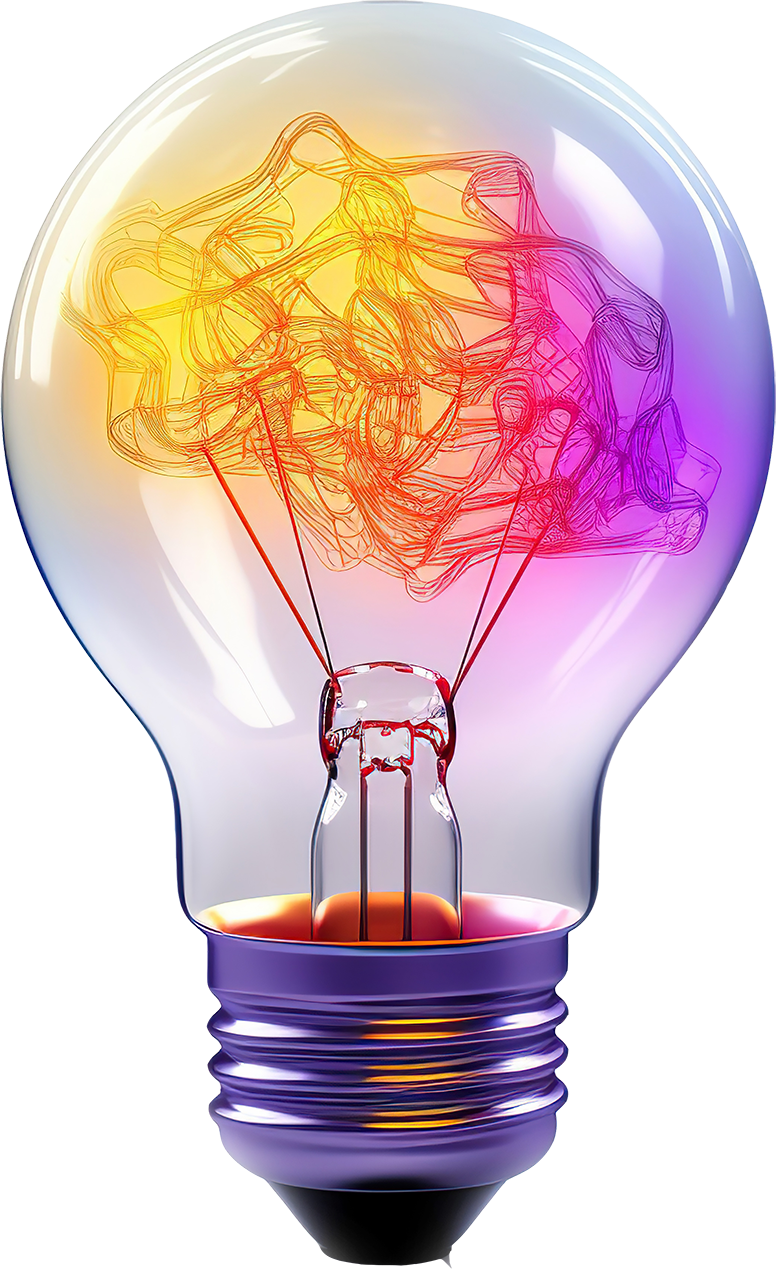
Have Questions?
Advice is always free! Book an appointment with us, and let’s work on your problems together
